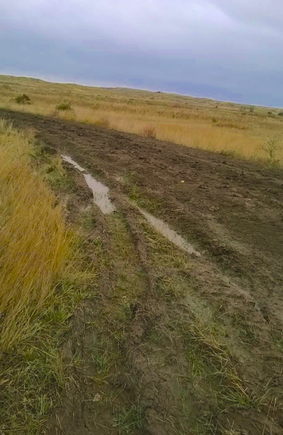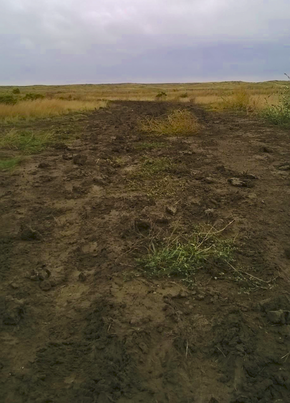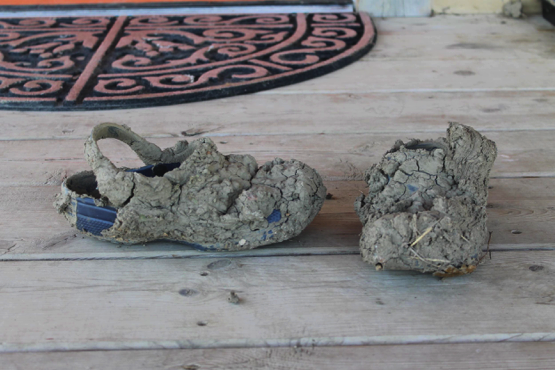Landmark Crew Member
|
Gumbo: The element of the Great Plains that shows how complicated it is to live in this territory.
In the Great Plains region where the American Prairie Reserve is located, people often refer to mud as “gumbo.” The first time I heard concerns about it was on my way to the Reserve, where it had rained a lot the previous week. And, let’s be honest, I was a bit skeptical (it was only mud) and from my point of view, easily manageable. What I didn’t know at the time: ‘Gumbo’ is not typical mud. Gumbo is what specialists call vertisol soil: a soil that has a great deal of expandable clay known as montmorillonite. |
|
One of the special features of vertisol soil is shrink-swell processes, or the shrinking and cracking of soils as they dry and their expansion as they get wet again. The shrink-swell processes are due to the high content of expanding clay minerals.*
Particularities of gumbo? Its stickiness and slipperiness when wet, mostly due to the slow rates of water infiltration into the soil. Indeed, according to James Bauder, soil scientist, “when rain hits gumbo’s surface, the water essentially plugs up the pores on the soil’s surface, increasing the time it takes for the water to flow through it.”** |
Want some Gumbo advice?
**Extract from an article written by Donna Healy for the Billings Gazette



